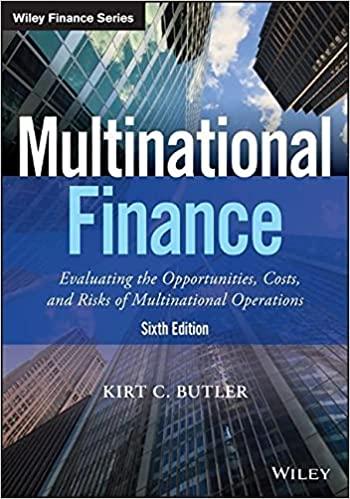
Miles has been impressed with the performance of Stock E in his traditional IRA investments and is considering reallocating additional funds into the stock. He is somewhat concerned, however, about how wide the variances could be with the return, so he is trying to learn more about probability analysis. Using a normal distribution bell curve and three standard deviations to each side of the curve, Miles wants to know the associated returns with each standard deviation under the bell curve. Miles also inquired about the probability that Stock E will return less than 4.6%. For every financial planning goal, they are comfortable assuming a projected annual return of 7% on their investments and retirement assets. The risk-free rate is 2.5%, and the market rate of return (benchmark return) is 12.41%. | Miles's IRA Shares Stock B P/E Dividend Yield Deductible Contributions Fair Market Value 440 Stock D 6.7% 1.06 5% 28.45 3.8% $7,900 $10,340 170 Stock E 13.6% 1.81 9% 13.42 3.0% $2,200 $12,200 66 Stock F 7.2% 1.10 7% 18.11 2.5% $6,000 $5,402 Total $16,100 $27,942 Need to know: Using a normal distribution bell curve and three standard deviations to each side of the curve. A) What is the associated returns with each standard deviation under the bell curve? B) What is the probability that Stock E will return less than 4.6%? Miles has been impressed with the performance of Stock E in his traditional IRA investments and is considering reallocating additional funds into the stock. He is somewhat concerned, however, about how wide the variances could be with the return, so he is trying to learn more about probability analysis. Using a normal distribution bell curve and three standard deviations to each side of the curve, Miles wants to know the associated returns with each standard deviation under the bell curve. Miles also inquired about the probability that Stock E will return less than 4.6%. For every financial planning goal, they are comfortable assuming a projected annual return of 7% on their investments and retirement assets. The risk-free rate is 2.5%, and the market rate of return (benchmark return) is 12.41%. | Miles's IRA Shares Stock B P/E Dividend Yield Deductible Contributions Fair Market Value 440 Stock D 6.7% 1.06 5% 28.45 3.8% $7,900 $10,340 170 Stock E 13.6% 1.81 9% 13.42 3.0% $2,200 $12,200 66 Stock F 7.2% 1.10 7% 18.11 2.5% $6,000 $5,402 Total $16,100 $27,942 Need to know: Using a normal distribution bell curve and three standard deviations to each side of the curve. A) What is the associated returns with each standard deviation under the bell curve? B) What is the probability that Stock E will return less than 4.6%







